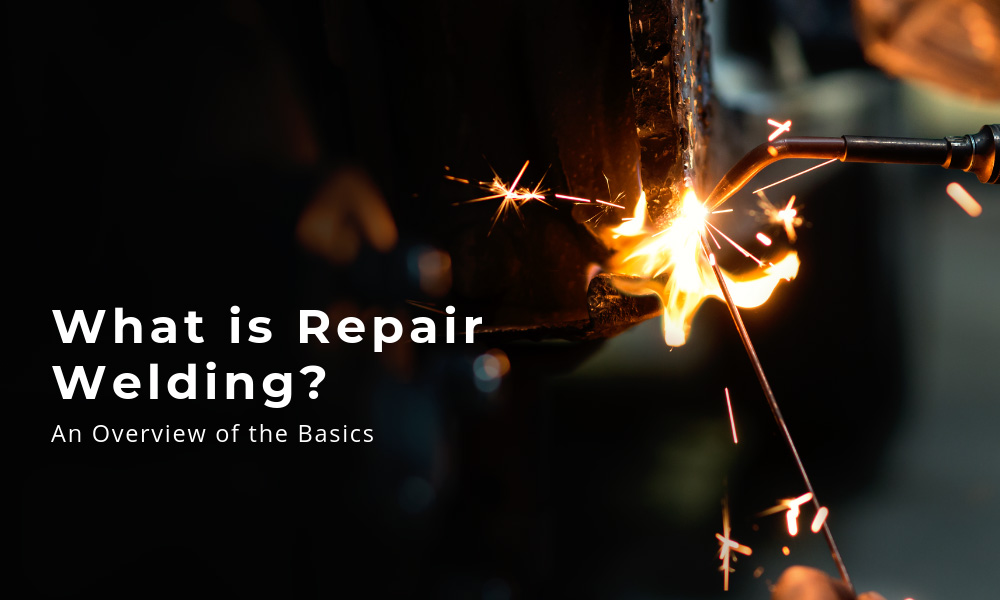When we imagine welding, we often first consider the Middle Ages; this is when blacksmiths first developed the basics of the craft as we know it today. Over the years, the art of welding has evolved and changed, with modern advancements offering significant improvements. Welding is a well-respected and highly-paid trade, and many things we use daily—such as automobiles—would likely not function without utilizing it.
Welding is often used to repair various items, especially for irreplaceable parts that would otherwise be rendered unusable. For damaged cars, as an example, we may use an exhaust manifold repair kit to have the vehicle performing as it did in little to no time. Here, we give a brief overview of the repair welding process.
The Equipment
The first step in repair welding, of course, is to procure the equipment required to properly do the job. If you want to know about the tools you may need, we’ve made a thorough list of the supplies required here. Whether an item is welded, soldered, or brazed depends on the parent metal, accessibility, and thickness. Thicker metal, such as steel, requires the use of a common arc welders. When welding something thinner, such as aluminum or silver, you can achieve successful results with a much lower temperature method such as soldering or brazing.
Preparation
Perhaps one of the most important parts of the repair welding process, preparation is the first consideration. Any welder knows, you can’t make a proper weld on material that hasn’t been adequately prepped– doing so could lead to a less reliable end result.
As you clean and prepare the base metal, try to evaluate why the part initially failed. If you can pinpoint the initial error, which may vary widely depending on the metal used, you may be able to extend the lifespan of the finished product.
After assessment and initial preparation, clean your metal with a wire brush and non-abrasive chemicals. Next, remove any damaged or excess metal that will not be a part of the finished piece (you can eliminate the offending pieces with a plasma cutter). Once the metal is thoroughly prepared, you are ready to begin repair welding.
Practice
The actual application welding rod application process is your final step, aside from cleanup. While preparation is a thorough and detailed process, the repair itself may take as little as a few minutes, dependent on the project. In any case, pay attention to the speed at which you move both your torch and rods. If your movement is too slow, you can create a bead that’s too thick, whereas too fast a pace can create one that’s too thin. Be patient with yourself, as it may take a while until you discover the speed that works best.
Also important: be careful not to create an undercut as you make your weld. This is another defect which occurs when the base metal becomes overheated and caves in a u-shape, creating a bulge that sits above the metal’s surface.
The most important factors to know about repair welding are the basics of what it is, as well as the importance of preparation. With enough time spent learning the technicalities behind the art, you’ll soon master the basics and beyond.

